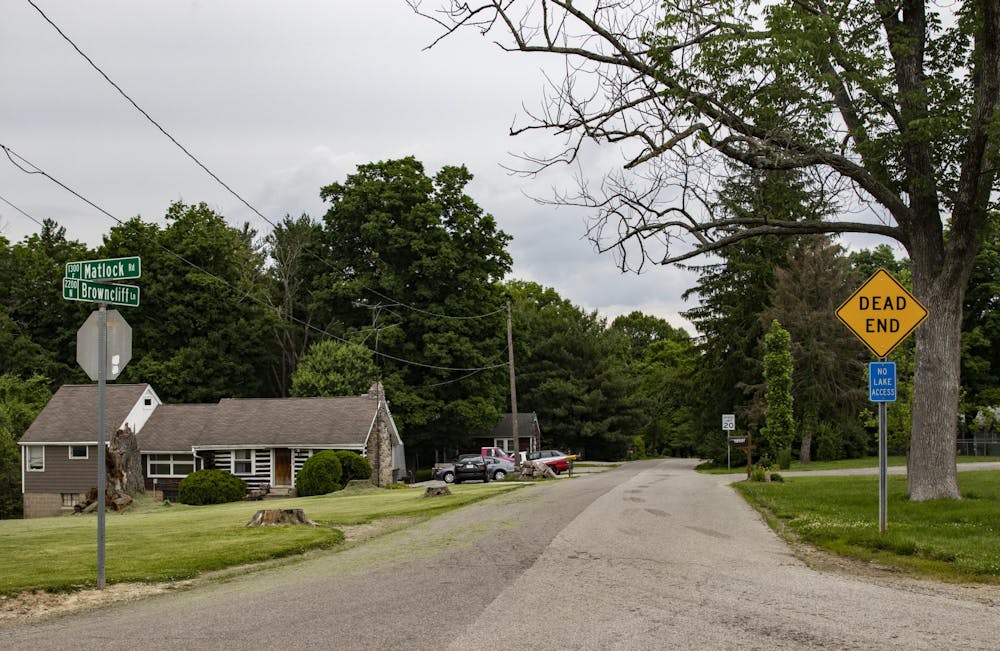The Polis Center, an IU-Purdue University Indianapolis research unit, recently added research about Bloomington neighborhoods and their risk level for COVID-19 to the SAVI Indiana Coronavirus Data Hub. Researchers created an interactive map to compare these results to other Hoosier cities.
Matt Nowlin, a research analyst at the Polis Center, said they made a list of factors that increase the risk of COVID-19 based on information from the World Health Organization, the Centers for Disease Control and Prevention and the National Institutes of Health. They then separated eight risk factors into two larger groups — socioeconomic factors and age-related factors.
Socioeconomic factors include asthma, diabetes, whether or not a person smokes and whether or not a person has health insurance.
“These are some things that are a direct outcome of how much money you have, like whether or not you have health insurance,” Nowlin said. “Some just tend to correlate with factors like income and education and those are diseases like asthma or diabetes or health behaviors like whether or not you smoke.”
Age-related factors include the age range of 65 to 84, the age range of 85 and older, having cancer and heart disease.
Neighborhoods around Griffy Lake and Monroe Lake scored higher in the age-related risk category because older adults live there, Nowlin said.
Some areas to the west of North Rogers Street and north of West Third Street were some of the closest to the state average in the socioeconomic risk category, according to the map.
Jeramy Townsley, a visiting research analyst at the center and professor of sociology at IUPUI, said the research is based on demographic data from five year estimates of the latest Monroe County census tracts. Census tracts are areas within a county that contain about 4,000 people, according to the census website. The neighborhoods’ health data the study used is from the CDC’s 500 Cities project.
Elaine Hernandez, IU assistant professor of sociology and health demography expert, said it is important to consider that census data may also include students who do not live in Bloomington all year. This affects age-related data in certain neighborhoods.
Using the map, one can click on a Bloomington census tract and see how socioeconomic and age-related factors affect that area. The map shows how that area compares to other census tracts throughout Indiana. These can also be broken down into the original eight risk factors.
Most Bloomington neighborhoods were below average in socioeconomic-related risk factors.
“We just didn’t see that diseases like diabetes and health behaviors like smoking and stuff were as big a problem in Bloomington census tract as they are in some other, like, larger urban areas across the state,” Nowlin said.
Hernandez said Bloomington has income inequality, which could explain why some Bloomington neighborhoods are closer to the state average of socioeconomic risk.
Bloomington made the top ten list of cities with the largest gaps between the rich and poor in a USA Today article.
“This is happening all across the United States, but in particular we see this here in Bloomington because it’s a relatively small city,” she said.
Hernandez said the income inequality between some neighborhoods may be because racial segregation in neighborhoods is still widespread due to segregation in school districts according to data from an IU press release.
“There's still a lot of segregation in schools and we can see how that is likely that kind of racial segregation is going to drive this segregation within neighborhoods in Bloomington," Hernandez said.




